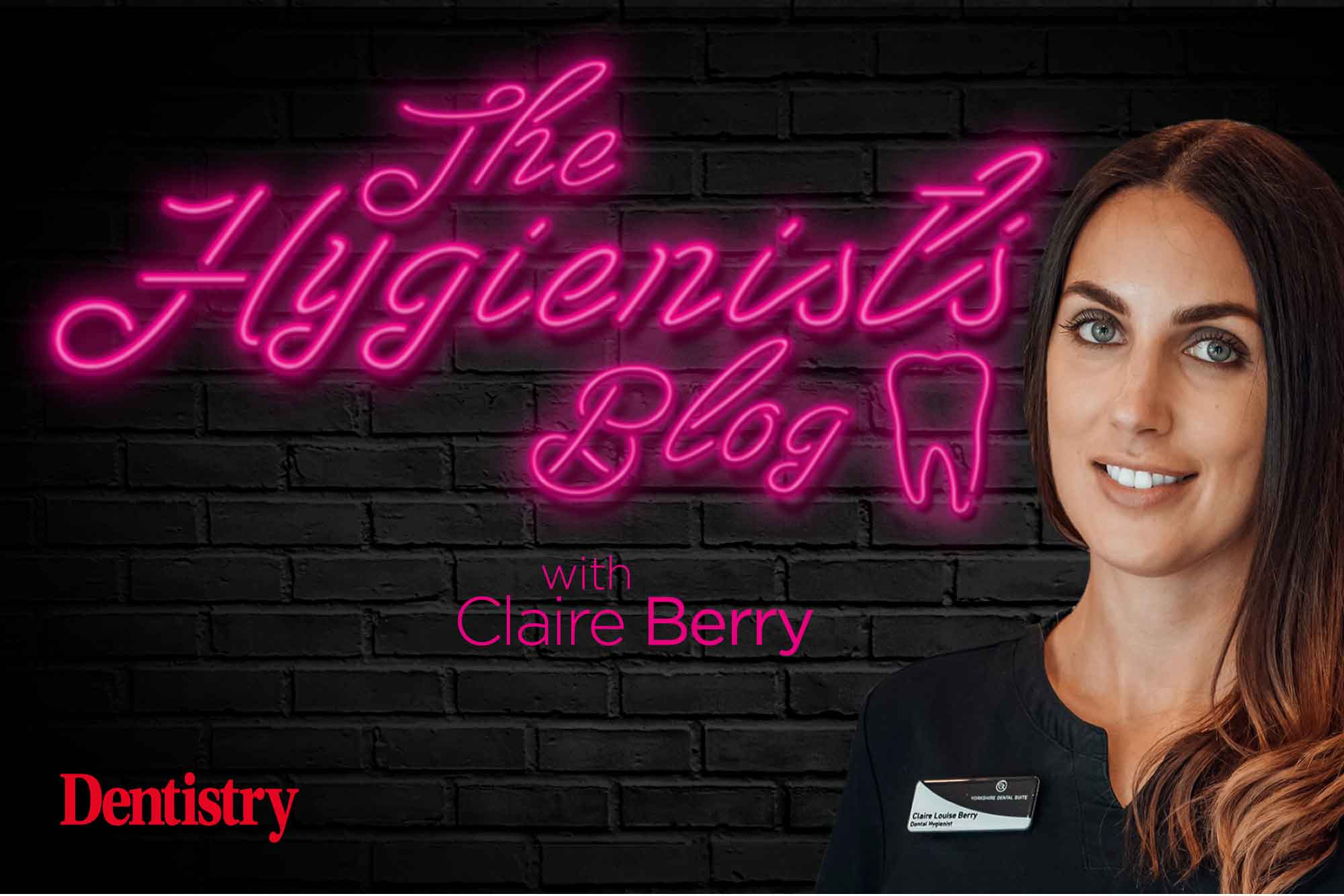 With so many electric toothbrushes, Claire Berry explains why she recommends Oral-B toothbrushes to her patients.
With so many electric toothbrushes, Claire Berry explains why she recommends Oral-B toothbrushes to her patients.
I have no doubt this will cause some debate. The profession is most likely split between being on team Oral-B, or another electric toothbrush brand.
But as long as debate remains professional, debate is perfectly healthy. Here is my 10 cents worth in the debate over which electric toothbrush is best. But I would love to hear why you love recommending the brush of your choice.
Why go electric
Studies show that powered electric toothbrushes are far superior at biofilm removal over its manual counterpart. The expertise needed to achieve a near perfect manual technique is too much for most people. So I will never suggest a manual over an electric.
I feel that as it’s my duty to give evidence-based advice, I should be team electric all the way. Unless of course, there is some extraordinary reason an electric toothbrush cannot be used.
That established, I have to say I am team Oral-B. Quite simply, in my own experience and in my clinical experience I see better results from patients who use an oscillating rotating (O-R) electric toothbrush.
There, I have said it and I am proud to be team Oral-B. But as I said before, I welcome your input and I look forward to hearing your opinion.
Oral-B toothbrushes
So, what are the reasons for my choice to only recommend Oral-B electric brushes?
As well as the plethora of evidence supporting O-R brushes, I feel the size, shape and action of the O-R electric brush provides more thorough biofilm removal. Especially in hard-to-reach areas.
In my clinical experience, people using the oscillating heads are more consistent with their biofilm removal throughout their whole mouth and not just the easy-to-access sites.
I’ve seen patients use a sonic toothbrush very well indeed. But I do still think it is technique sensitive. I more often see consistency in the sites not quite reached with a sonic option.
I like to advise models with a pressure sensor so that they can think about pressure during their routine. It is the tip of the bristles that removes plaque. Too hard a pressure, as well as increasing risk of tissue damage, prevents plaque removal due to the bristles being too splayed, hindering the amount of directional changes needed to mechanically remove biofilm.
I feel that there are more directional changes with Oral-B O-R brushes, especially using the cross-action head. There is even more still using the Oral-B IO, as well as vibrations with this model.
What’s the cost?
Oral-B electric toothbrushes are more easily accessible for patients regardless of their budget.
The price of other brushes seems more reasonable compared to what I would find historically. But they are still pricier for the minimal features I would want my patients to use.
I have to add, I personally recommend the Oral-B IO for the features that improve the chance of behaviour change as well as the brushing action. But I am aware it is on the pricier end of the spectrum.
I do still like the fact though, that there are budget sensitive models with a pressure sensor as a feature.
I love the ability to show patients a good technique in the chair using the Test Drive. It means I can perfect their technique over time to maximise their ability. As well as allowing me to offer them a ‘try before you buy’ situation before they invest. Let’s face it, some patients need that on top of our advice.
Oral-B toothpastes
I am a huge fan of stannous and the evidence supporting its use in toothpaste to prevent gingivitis, affect biofilm metabolism and aid in erosion protection.
This is in some of the Oral-B toothpastes, so I guess I am team Oral-B in every way!
I talk about the benefits of stannous at my lectures and when I am training dental teams, even if the training isn’t anything at all to do with Oral-B. This impresses me.
I’ve seen great results clinically after only recommending three options of toothpaste, all of which are Oral-B and all containing stannous fluoride.
The science and research Oral-B puts into its products impresses me. I have no doubt these processes are the same across the board. But I guess I’ve seen some of the technology on a deeper level, having spoken to people who were involved in the design processes, like the Oral-B IO for example.
Seeing how and why this brush was created for behaviour change is inspiring.
So now you know which camp I lie in, which camp are you?
Follow Dentistry.co.uk on Instagram to keep up with all the latest dental news and trends.


